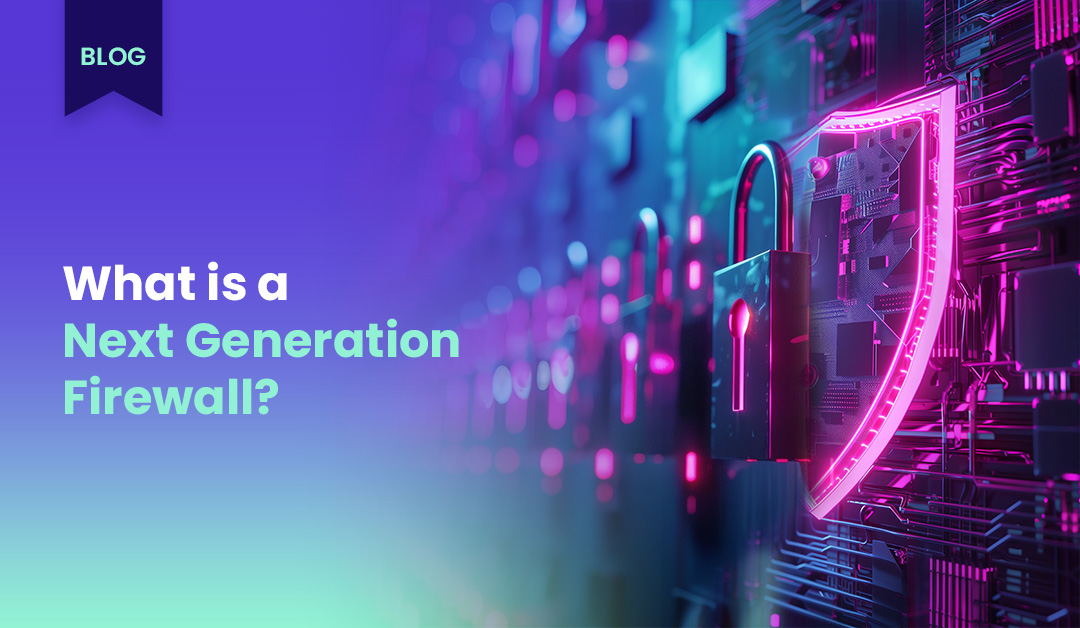
Traditional network security is inadequate in the complex digital world of today, where cyber threats change fast. Companies demand more robust defense than packet filtering. NGFWs are, therefore, absolutely vital. Unlike their network-layer forebears, NGFWs incorporate integrated security features and deeper inspection. For companies looking for complete security, visibility, and control, a next-generation firewall with the right features guards’ important data and guarantees business continuity. The first step towards security resilience is knowing these crucial traits.
Basic Deep Packet Inspection and Application Awareness
A main characteristic of a next-generation firewalls is DPI. While standard firewalls just look at the headers (IP and port), DPI examines the data packet payload. This lets the firewall spot the program generating traffic outside of the port. With this application awareness, companies can apply security policies tailored to their particular needs rather than network address-based ones. Allowing or restricting application capability allows you better control over network use and risks. This degree of inspection is necessary to find and manage hazards hidden in regular application flow or misusing non-standard ports.
IPS/Sandboxing
Strong IPS and sandboxing let good next-generation firewalls stop threats. IPSs keep a close eye on network traffic, looking for security breaches and damaging activity. Unlike detection systems, IPSs—based on attack signatures, behavioral analysis, or policy breaches—may block or prevent threats in real-time. Sandboxing accentuates IPS. Daily virus versions are found; hence, sandboxing offers a safe space to handle suspicious codes or files. Through behavior in this constrained context, the NGFW can evaluate its maliciousness without endangering the corporate network. This proactive look at unidentified hazards guards against zero-day attacks.
Operations Simplifying, Management Centralizing
Managing several security devices and policies on a complex network can be challenging and prone for mistakes. Firewalls of next generation should provide centralized security management. From one console, this allows managers create policies, track alerts, compile reports, and oversee the security architecture. Centralized management guarantees network policy compliance, simplifies operations, reduces administrative expenses, and provides a single security perspective. Fast incident response and security effectiveness without overwhelming IT resources depend on this simplicity of administration.
Keep an eye for more latest news & updates on Vents Wired!



